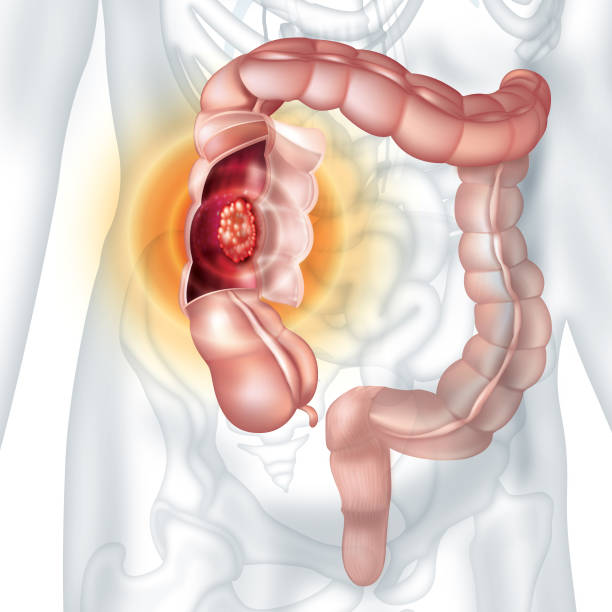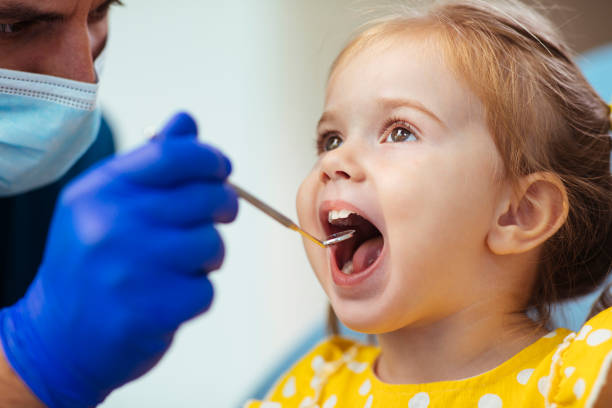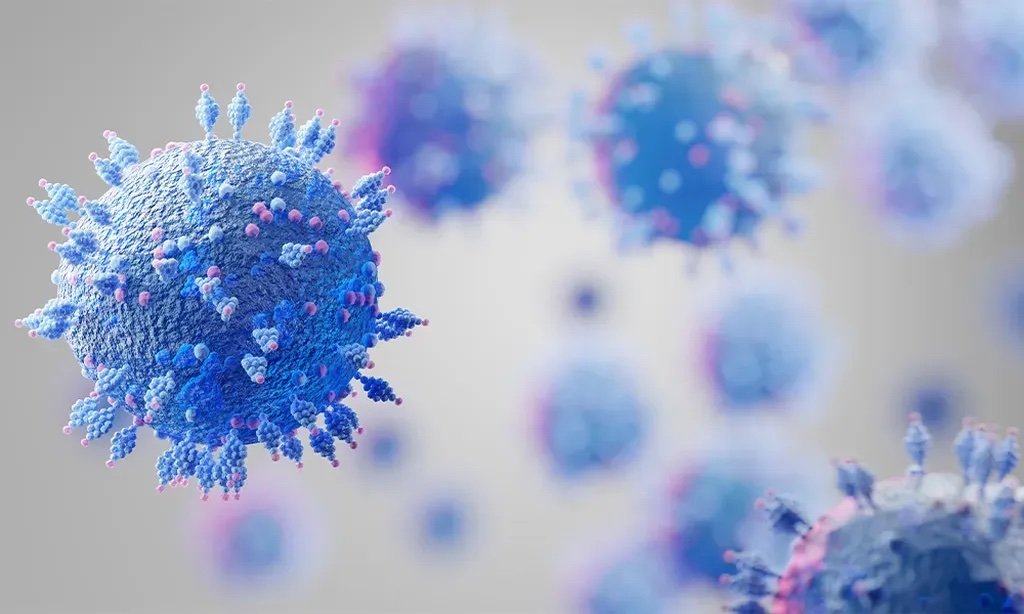In the pursuit of well-being, women often face a challenge that is rarely discussed openly yet deeply impacts quality of life—sexual dysfunction. For many, difficulties with desire, arousal, orgasm, or pain during intercourse can affect not only intimate relationships but also self-esteem, mood, and overall mental health. While medications and therapies exist, many women remain reluctant to seek treatment, fearing stigma, side effects, or simply the sense that their concerns will be minimized.
But what if a simple, accessible exercise program could make a real difference? A new study published in BMC Urology suggests exactly that. Researchers found that a 12-week Pilates program significantly improved sexual function, reduced depression, and enhanced overall satisfaction among women with female sexual dysfunction. These findings shine a hopeful light on the power of holistic, body-centered approaches to sexual health.
Understanding Female Sexual Dysfunction
Female sexual dysfunction is both common and complex. While aging has long been associated with increased rates of sexual difficulties, recent research underscores that even young, premenopausal women frequently experience problems related to desire, arousal, lubrication, orgasm, and sexual pain. These challenges are rarely caused by a single factor. Instead, they often emerge from a web of interconnected influences—hormonal changes, psychological stress, depression, anxiety, physical health, and interpersonal dynamics within relationships.
The burden of sexual dysfunction extends beyond the bedroom. Women frequently report feelings of inadequacy, strained relationships, and emotional distress. Left unaddressed, these issues may spiral into a cycle of avoidance and reduced intimacy, which can further exacerbate psychological distress. Breaking this cycle requires interventions that address both the body and the mind.
Why Pilates?
Pilates may not be the first therapy that comes to mind for sexual health, yet its benefits align strikingly well with the needs of women experiencing sexual dysfunction. Developed in the early 20th century, Pilates emphasizes core strength, flexibility, posture, controlled breathing, and body awareness. Importantly, it also strengthens the pelvic floor muscles—the very muscles involved in sexual function, arousal, and orgasm.
Beyond the physical, Pilates is a mind-body practice. Its controlled movements and focus on breath can reduce stress, improve mood, and cultivate mindfulness. These psychological effects are particularly relevant since depression and anxiety are closely linked with diminished sexual function.
The study in BMC Urology sought to explore this dual potential: could Pilates improve both the physical and emotional dimensions of women’s sexual health?
Inside the Study
The research involved 93 premenopausal women aged 18 to 50, all in stable, monogamous heterosexual relationships. To qualify, participants had to meet criteria for sexual dysfunction on a widely used measure—the Female Sexual Function Index (FSFI)—and maintain a regular pattern of sexual activity. Women with certain medical conditions, psychiatric disorders, or anatomical causes of sexual dysfunction were excluded to ensure the focus remained on potentially reversible, functional issues.
The participants were randomly assigned to one of two groups. The intervention group attended Pilates classes twice weekly for 12 weeks, while the control group continued their normal routines without added exercise.
The Pilates sessions were structured with professional guidance: a 10-minute warm-up, 45 minutes of core Pilates movements with equipment, and a 5-minute cool-down and breathing practice. The design followed classical Pilates principles, prioritizing concentration, precision, and controlled breathwork.
To measure outcomes, both groups completed three validated questionnaires at the start and after 12 weeks:
- FSFI – assessed sexual desire, arousal, lubrication, orgasm, satisfaction, and pain.
- ASEX (Arizona Sexual Experiences Scale) – evaluated aspects of sexual drive, arousal, lubrication, orgasm ability, and orgasm satisfaction.
- BDI (Beck Depression Inventory) – measured depressive symptoms.
The Results: A Remarkable Transformation
At baseline, both groups had similar levels of dysfunction and depression. After 12 weeks, however, the contrast was striking.
Women in the Pilates group showed marked improvements across all FSFI domains. Desire increased, arousal improved, lubrication became easier, orgasms were more frequent and satisfying, and pain during intercourse significantly decreased. On average, their improvements exceeded 95 percent across FSFI categories—a profound change in just three months.
The ASEX scores echoed these findings, showing significant reductions in sexual dysfunction symptoms. The BDI scores also improved, suggesting that Pilates not only enhanced sexual function but also alleviated depressive symptoms.
By contrast, the control group showed no meaningful changes, underscoring that the benefits were specifically tied to the Pilates program rather than natural recovery or outside influences.
How Pilates Helps: The Dual Benefit
The study’s results suggest that Pilates may work through two complementary mechanisms:
- Physiological effects: Strengthening pelvic floor muscles improves blood flow, muscle tone, and control, which directly enhance sexual arousal and orgasmic ability while reducing pain.
- Psychological effects: The mindful, body-centered practice of Pilates reduces stress, boosts mood, and increases confidence. These changes help break the vicious cycle where sexual dysfunction fuels depression and depression worsens sexual dysfunction.
This dual impact makes Pilates especially promising compared to treatments that target only one dimension, such as medications focused purely on physiology or therapy focused purely on psychology.
Beyond the Bedroom: Implications for Women’s Health
The significance of this study extends far beyond improved sexual satisfaction. Female sexual dysfunction is often underdiagnosed and undertreated, in part because many women feel uncomfortable raising these concerns with healthcare providers. The prospect of a non-pharmacological, accessible, and empowering intervention like Pilates offers hope to women who might otherwise avoid medical treatments.
Moreover, sexual health is inseparable from broader well-being. A woman who feels comfortable in her body, experiences pleasure, and shares intimacy without pain is likely to enjoy stronger mental health, greater relationship satisfaction, and a higher overall quality of life.
Limitations and Future Directions
While the findings are encouraging, the authors caution against overgeneralization. The study’s sample size was modest, and all participants were premenopausal, heterosexual, and in stable relationships, which limits the diversity of the population studied. Factors such as relationship quality, menstrual cycle variations, or underlying gynecological conditions like endometriosis were not assessed, though these could strongly influence sexual function.
Future research with larger, more diverse groups could clarify whether Pilates benefits women across different life stages, relationship contexts, and medical conditions. Including partner perspectives might also enrich understanding of how improvements in sexual function affect relationship dynamics.
A Holistic Approach to Sexual Health
This study adds to a growing body of evidence that sexual health is best addressed through holistic, multidimensional strategies. While medical treatments remain important, exercise-based interventions like Pilates show that lifestyle practices can powerfully shape sexual well-being. The integration of physical strengthening with mental relaxation and body awareness creates a potent tool for breaking cycles of dysfunction and distress.
Conclusion: Empowerment Through Movement
Female sexual dysfunction is not simply a medical problem; it is a deeply human one that touches body, mind, and relationships. The findings from this new study suggest that Pilates—a practice once associated mainly with fitness and posture—may hold transformative potential for women seeking to reclaim their sexual health.
In a world where sexual dysfunction too often remains hidden in silence, the message is clear: healing may begin not with a pill, but with movement, breath, and the rediscovery of one’s own strength. Pilates is more than exercise—it may be a pathway to empowerment, intimacy, and joy.






